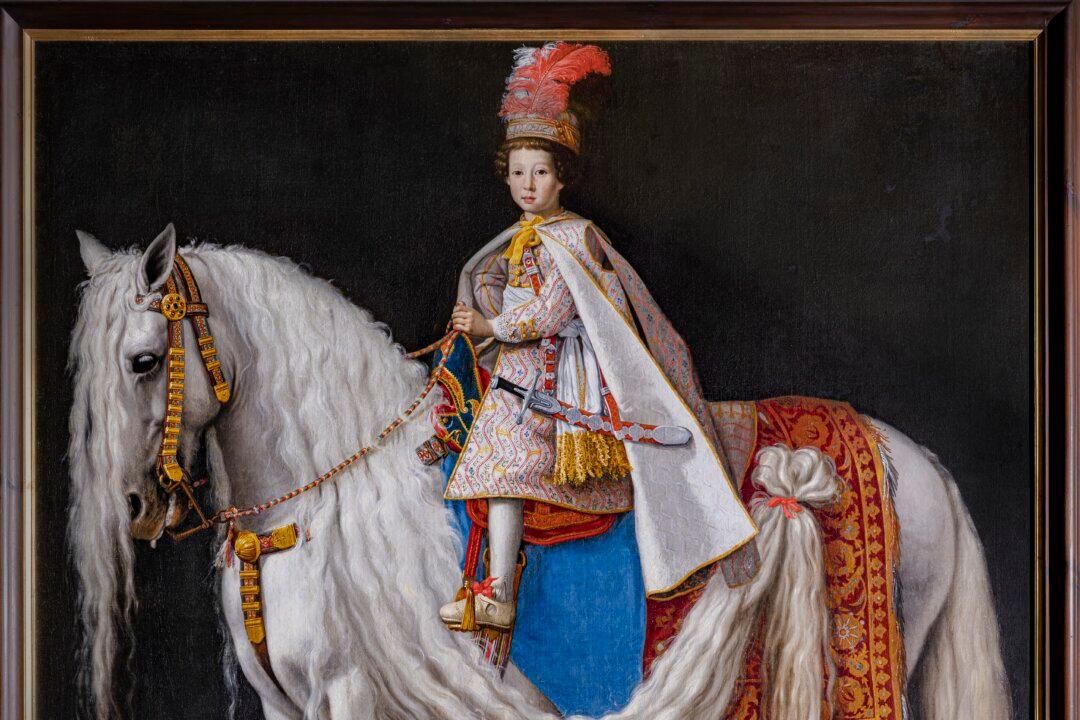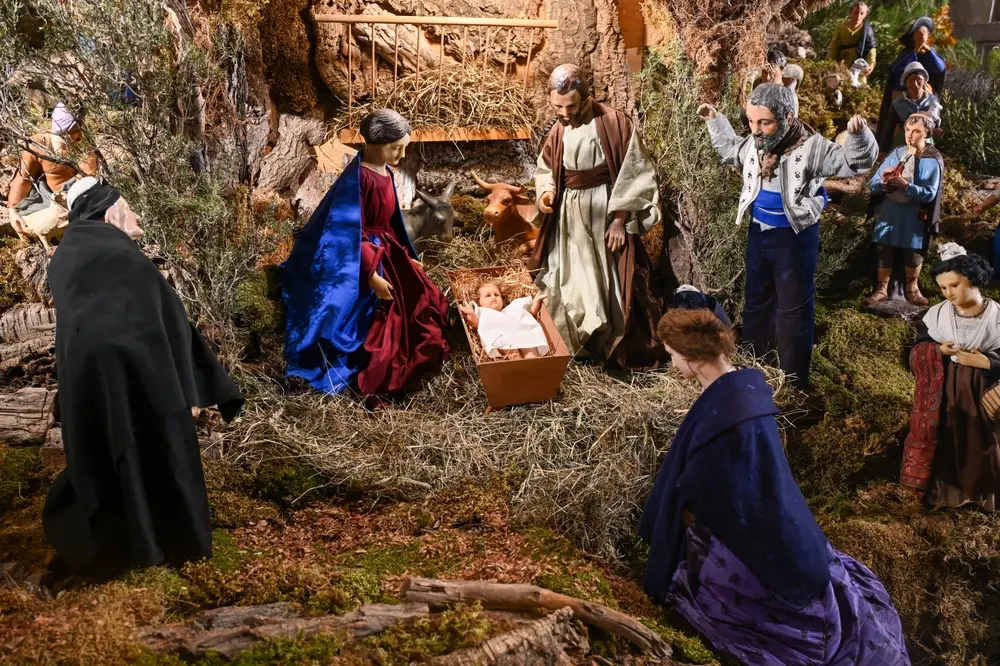The horse—perhaps more than any other animal—has helped us survive, thrive, and conquer. They’ve provided our transport, plowed our fields, powered our machinery, and bravely charged into battle.
Coinciding with the Olympic and Paralympic Games equestrian events held on the Versailles grounds, the National Museum of the Palaces of Versailles and Trianon presents its pioneering “Horse in Majesty, at the Heart of a Civilisation” exhibition.






